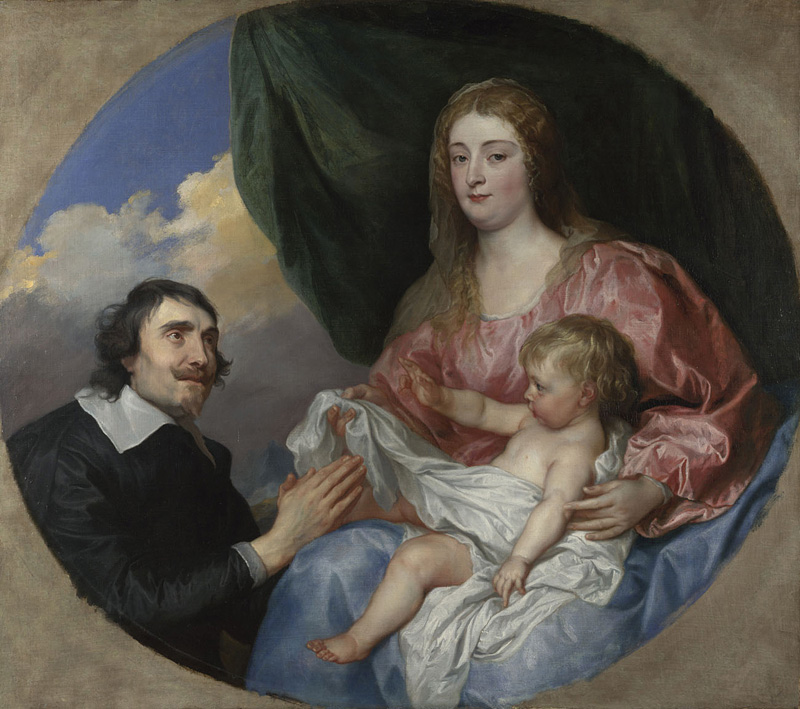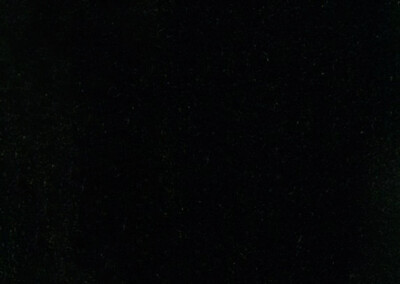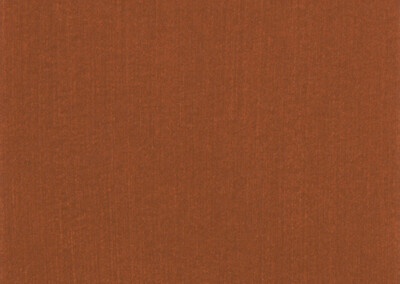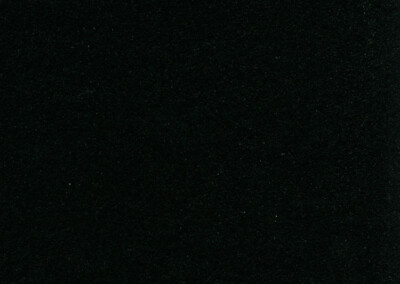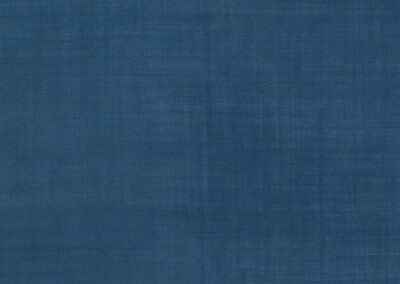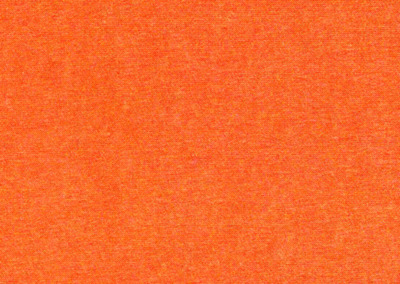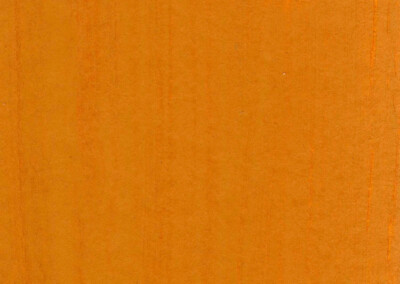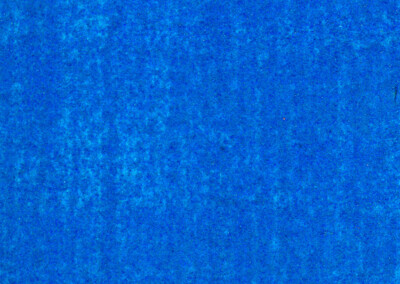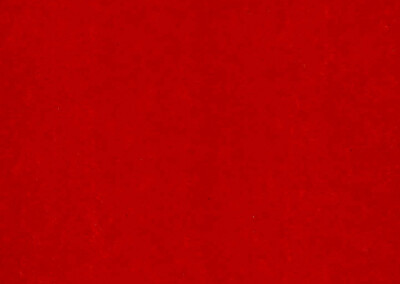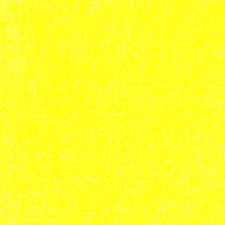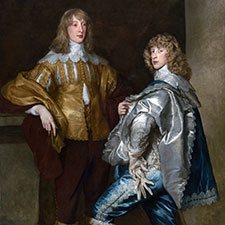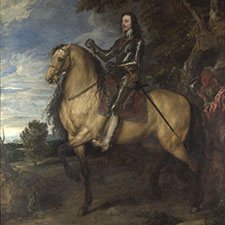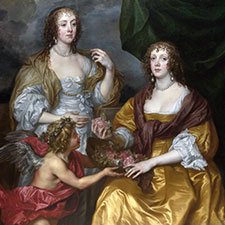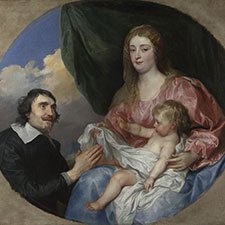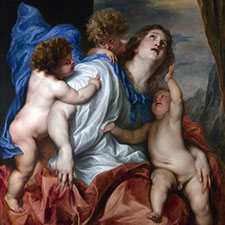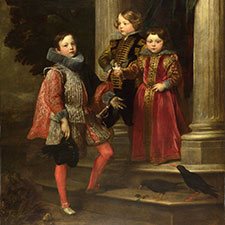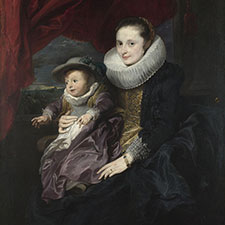Anthony van Dyck, The Abbé Scaglia Adoring the Virgin and Child
ca 1634-35Paintings sorted by Historical period | Painter | Subject matter | Pigments used
Overview
Medium: Oil
Support: Canvas
Size: 106.7 x 120 cm
Art period: Baroque
National Gallery London
Inventory number: NG4889
A portrait of the abbé Cesare Alessandro Scaglia di Verrua who played an important role in the political and diplomatic life of 17th century Europe.
The pigment analysis reveals a palette of rather vivid colours compared to Van Dyck’s other paintings. He employed the usual pigments of his time, such as ultramarine, red lake, lead-tin yellow, vermilion, and indigo.
Pigments
Pigment Analysis
This pigment analysis is based on the work of the scientists at the National Gallery London (1). The scientists employed x-ray radiography (XRR), energy dispersive x-ray spectroscopy (EDX), and x-ray diffraction (XRD) to gain insights into the inner layers of the painting and to identify the pigments.
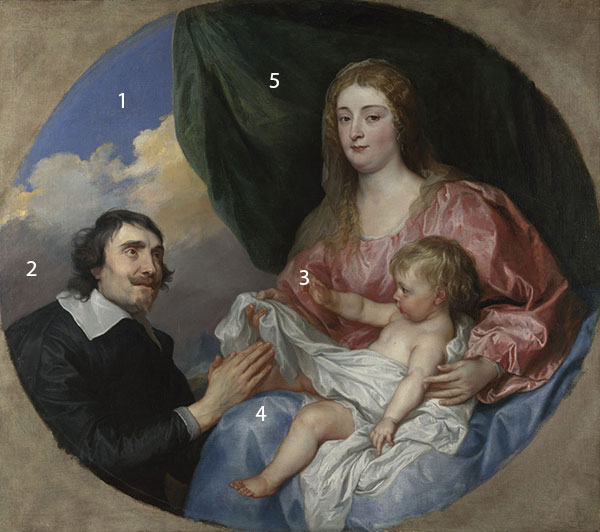
1 Blue sky: high-quality natural ultramarine mixed with lead white.
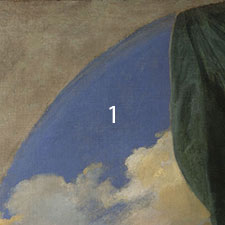
2 Greyish-mauve parts of the sky: charcoal black mixed with white and some red lake and red ochre.
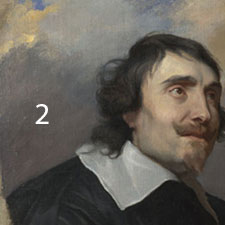
3 Virgin’s red drapery: mid-tones are painted first with vermilion mixed with white, then the shadows are overpainted with unmixed red-brown ochre. The upper layer consists of red lake and white and red lake glazes with charcoal black in the dark areas of the folds.
4 Virgin’s blue drapery: the shadows were first painted with indigo mixed with white, the mid-tones contain a little more white. The upper layers are glazes of natural ultramarine of varying thickness.

5 Background curtain: indigo with little white or in darker areas a glaze of very intense indigo over a mid-green underlayer consisting of azurite mixed with lead-tin yellow. On the right side the underlayer consists of black, white with red ochre and brown ochre, the glaze is again indigo.
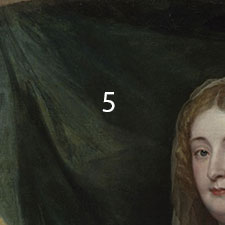
References
(1) Ashok Roy, The National Gallery’s Van Dycks: Technique and Development, National Gallery Technical Bulletin, Volume 20, 1999, pp. 70-73. Available as pdf.
Pigments Used in This Painting
Resources
See the collection of online and offline resources such as books, articles, videos, and websites on Anthony van Dyck in the section ‘Resources on Painters‘
Videos
Video: 'Van Dyck: The Man, the Artist and his Influence' by National Portrait Gallery
Video: 'Anthony van Dyck: A collection of 449 paintings (HD)' by LearnFromMasters
Publications and Websites
Publications
(1) Ashok Roy, The National Gallery’s Van Dycks: Technique and Development, National Gallery Technical Bulletin, Volume 20, 1999, pp. 70-73. Available as pdf.
(2) Arabella Cifani and Franco Monetti, New Light on the Abbé Scaglia and Van Dyck, The Burlington Magazine, Vol. 134, No. 1073 (Aug., 1992), pp. 506-514.
(3) Liedtke, Walter A, “Anthony van Dyck“: The Metropolitan Museum of Art Bulletin, v. 42, no. 3 (Winter, 1984–1985). Available as pdf.

